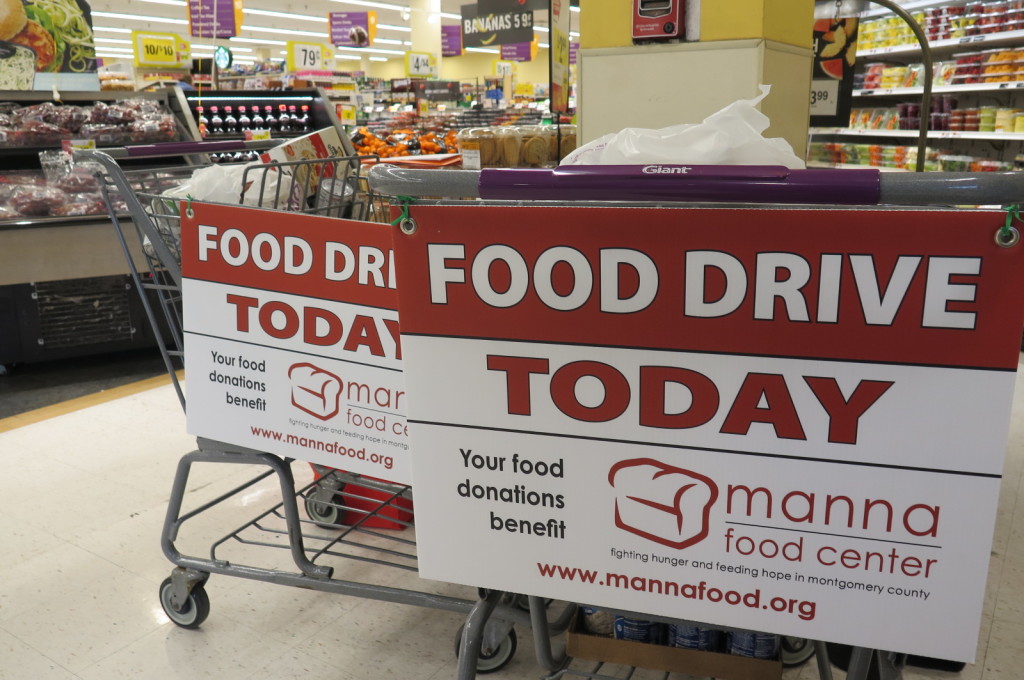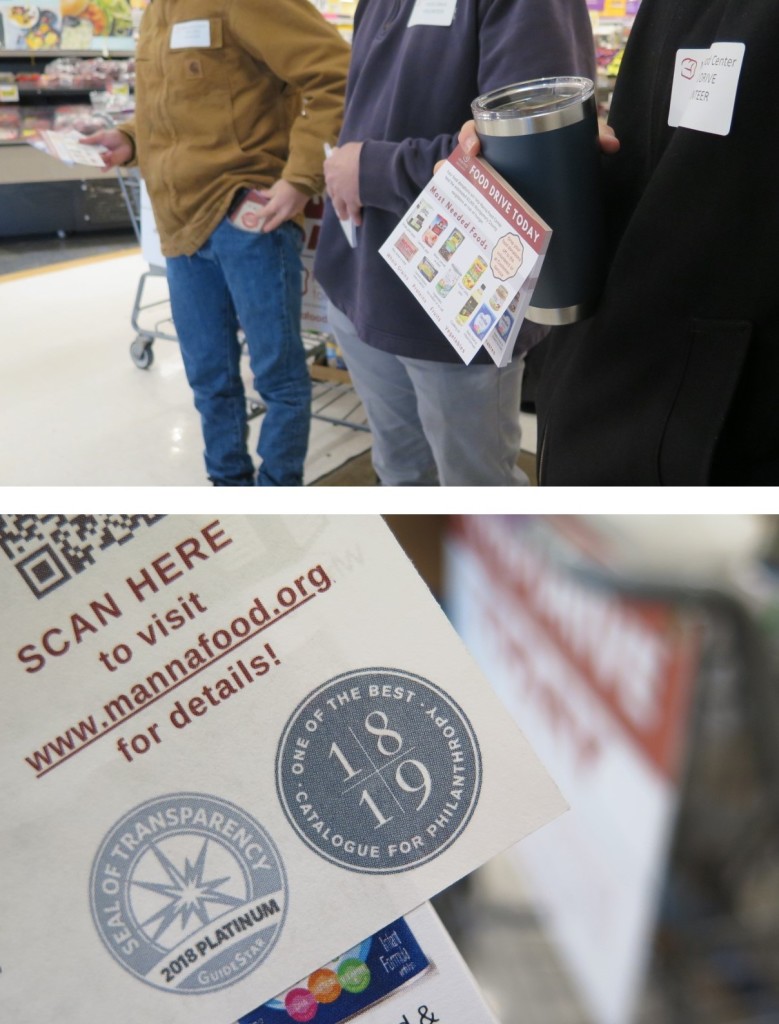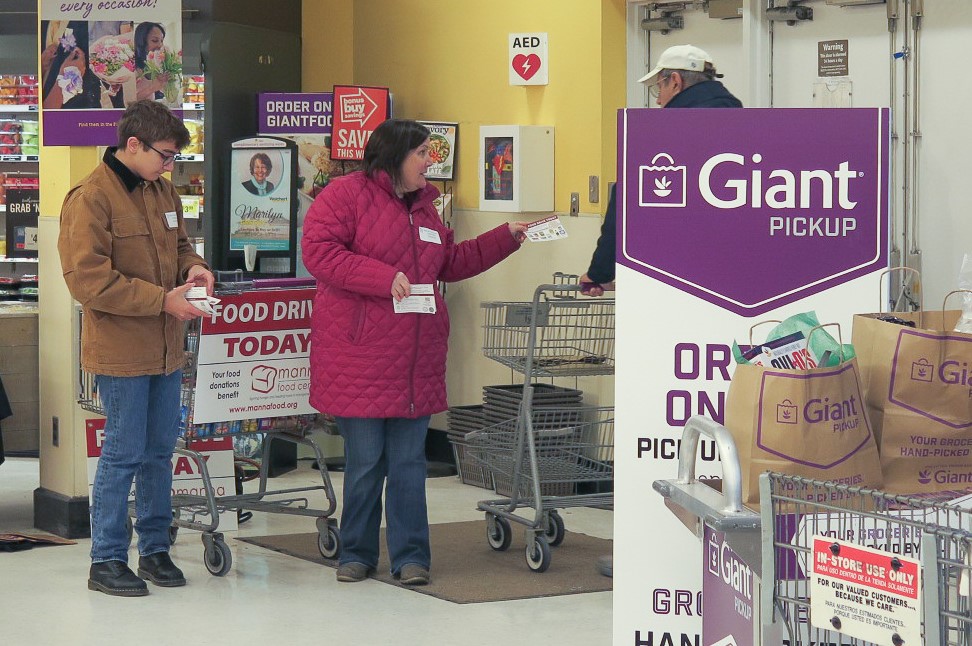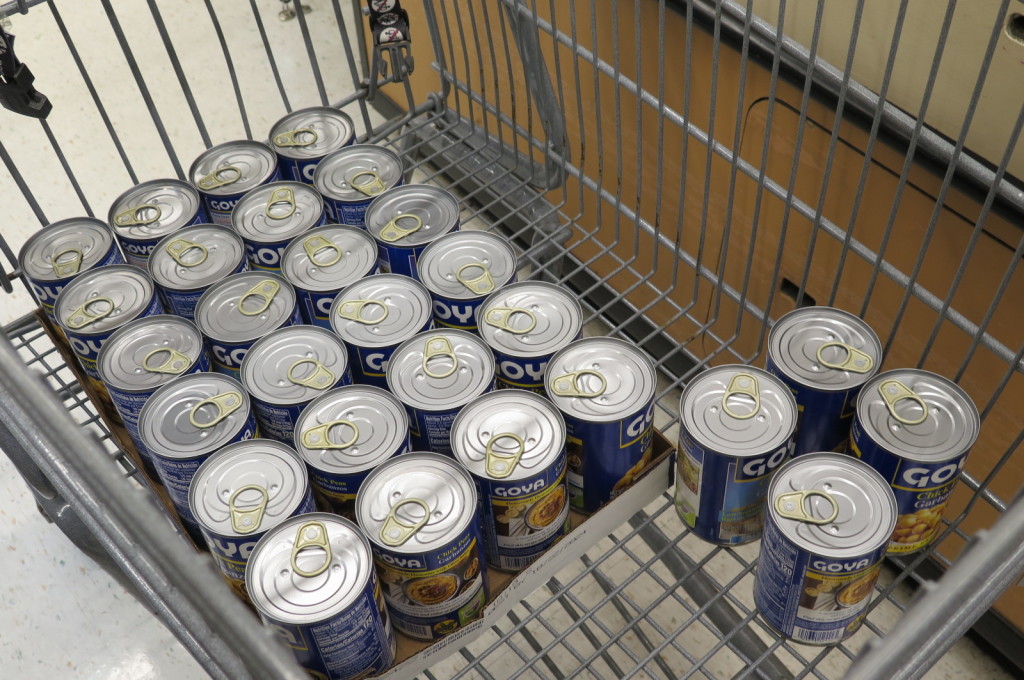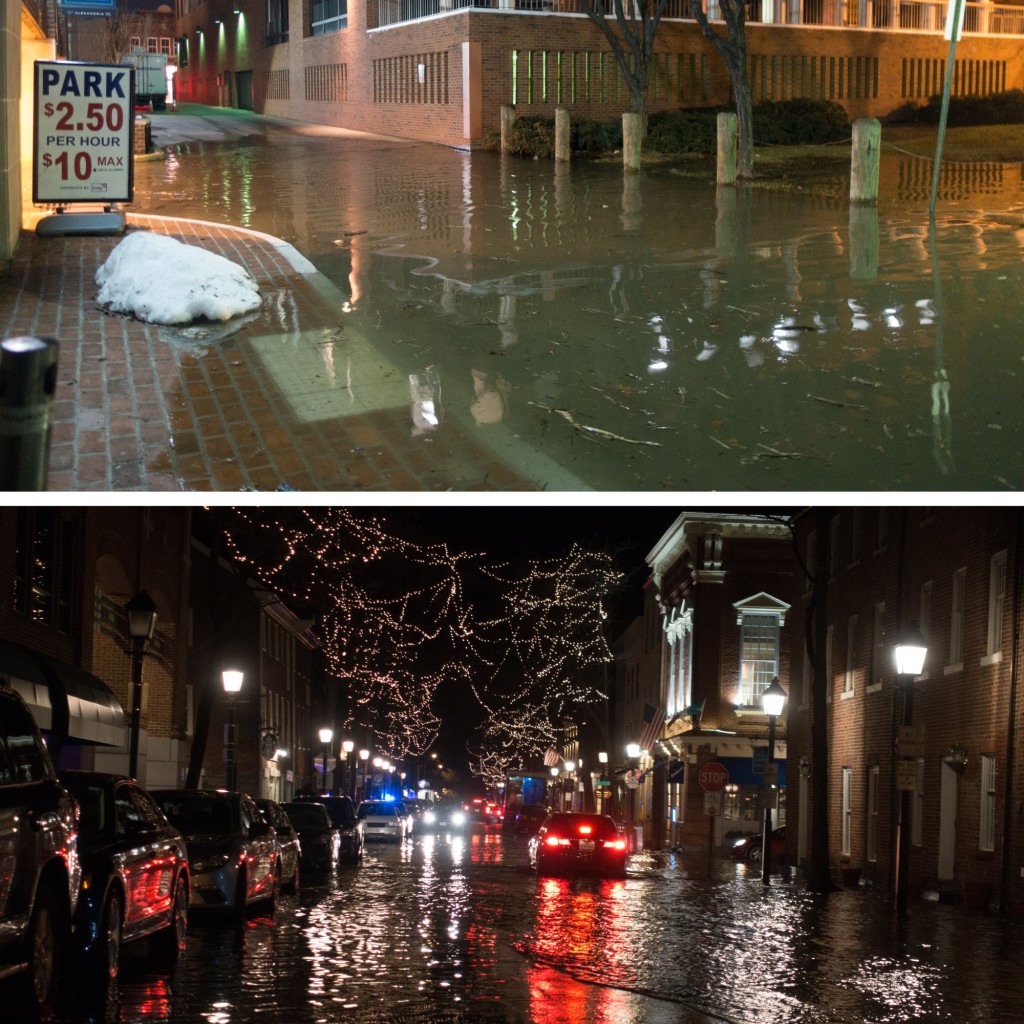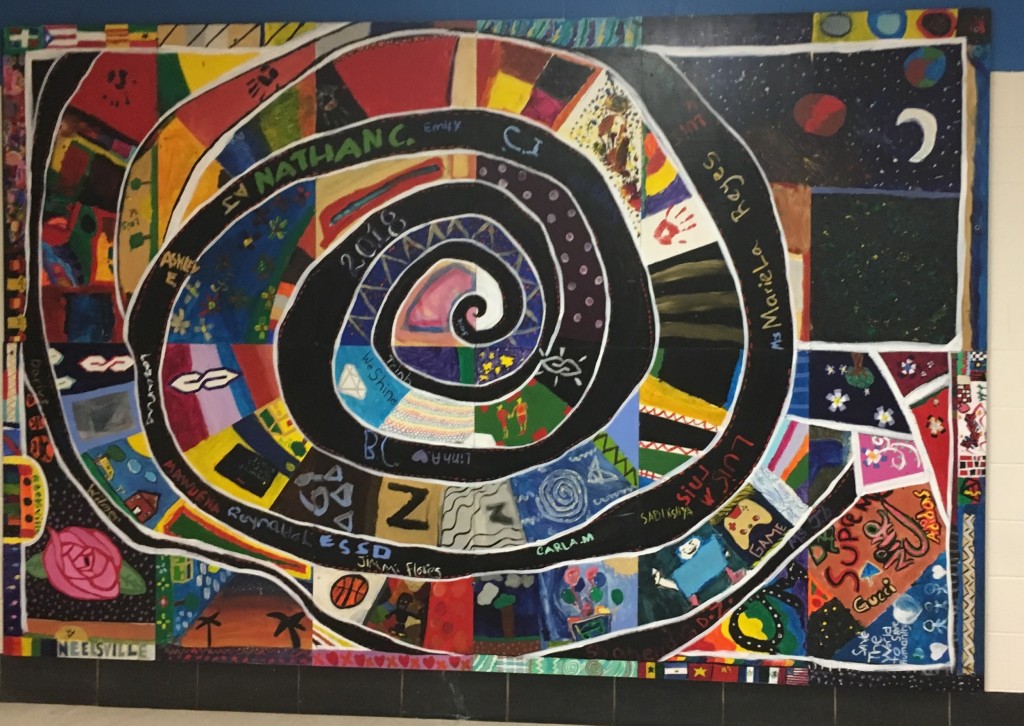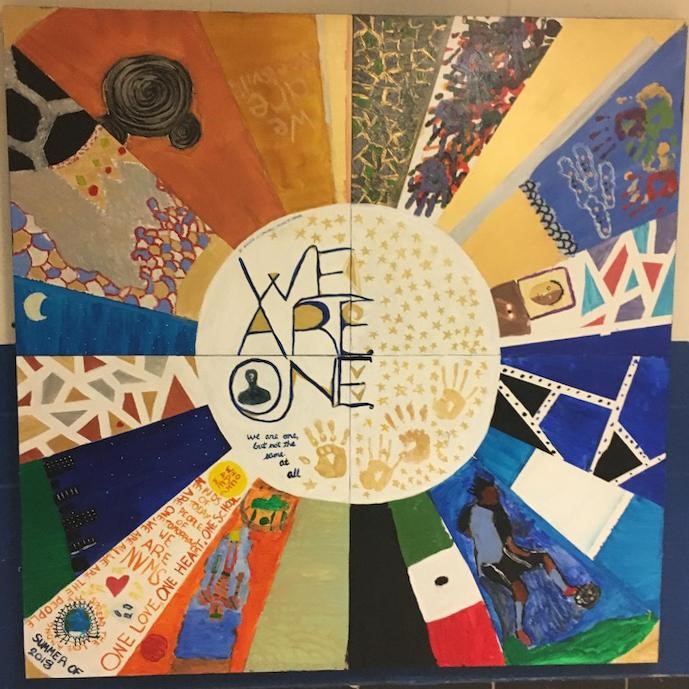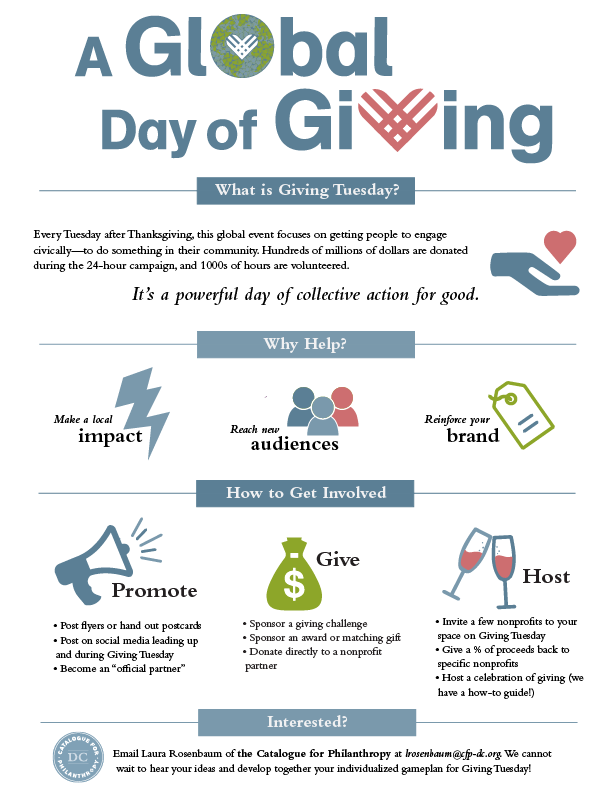Written by Nancy Erickson, Communications Coordinator of the Catalogue for Philanthropy
Fact: Maryland is the wealthiest state in the country.
Fact: Montgomery County is the 18th wealthiest county in the country, out of over 3,100 counties.
Fact: Over 63,000 people in Montgomery County don’t know where their next meal is coming from.
No one should have to struggle with food insecurity, yet too many do right here in our local communities. That’s why Manna Food Center is committed to not only ending hunger, but also combating the structures that allowed it in the first place. As Montgomery County’s largest food rescue program, this nonprofit provides supplemental food assistance, education, and advocacy to more than 6,000 families every month. Recently, I got to know this organization a little better by volunteering for their annual MLK Weekend Food Drive.
Since 1994, Martin Luther King Jr. Day has been recognized as a day of service, when Americans are encouraged to give back to their community through volunteering. And what better way to celebrate the message of Dr. King than to help our neighbors in need? That’s why on Saturday and Sunday, January 18-19th, Manna Food Center hosted food drives at 19 Giant Food stores across Montgomery County.
Signing up for a volunteer slot online was quick and easy. In the spirit of one of the Catalogue’s frequently-used phrases “think local, act local, give local,” I chose the Leisure World location, which is only 10 minutes from my house. I recruited one of my roommates to join me for the Saturday 12-3pm shift. When we arrived, we found signs for Manna Food Center hanging from shopping carts already filled with food.
We greeted the 9am-12pm shift volunteers, a mother-father-daughter team. They provided a quick breakdown of our task: inviting grocery store customers to purchase additional items while shopping to then donate to Manna Food Center on their way out. We were to hand shoppers helpful slips of paper with a list of the most needed non-perishable items. (It had the Catalogue’s seal on the back!)
I found this to be a cleverly designed setup. First of all, some individuals feel more comfortable donating tangible things than money. And second of all, this was a convenient and fun way to give back; you’re already shopping anyway, so why not pick up a few extra cans of soup?
Our fellow volunteers included a high schooler earning service hours for National Honor Society. His father accompanied him for the first half of the afternoon and switched places with the mother in the second half. Then, a surprise – we were joined by Maryland Delegate Vaughn Stewart! He helped us collect donations (and shake constituents’ hands) for a while before heading on to another Manna location also in his district.
The weather that day was an unwelcome mixture of freezing rain and snow. Even though we were inside the building (not always a guarantee for food drives!), we kept our coats on because every time the automatic door opened, we got assailed by the chill. Regardless, the mood was upbeat among the volunteers. I especially enjoyed interrogating Delegate Stewart about local politics. He was very pleasant and interesting to talk to!
This particular volunteer role required a certain degree of salesmanship when approaching strangers and persuading them to buy us food. Some individuals gave us a brusque NOTHANKYOU, only to come back later with donations anyway. One man wearing a University of Washington sweatshirt told us that he couldn’t. I replied, “Go Dawgs! I’m an alumnus of ‘U-Dub’ too!” He later sheepishly returned with a bag of baby food jars.
Although we never solicited money-donations, some people didn’t want to bother with picking out an item, so they just put cash in our hands instead. Throughout our three hours of volunteering, we consolidated this money into a coat pocket (referred to as “The Bank”) for safekeeping. At the end of our shift, we used this money to buy a cart full of cans for Manna Food Center.
Three o’clock came and our shift was over. The shoppers of Leisure World had been generous – we had filled up multiple carts’ worth of donations! We rolled our final packed cart of donations over to Giant staff and folded up our signs for the next day’s volunteers. Volunteering had been an invigorating experience! I’m glad to have made a memory of getting to know a local politician, meeting two families celebrating the MLK weekend through public service, and helping to make a difference for people struggling with food insecurity in my county.
That weekend, I was just one of over 200 volunteers and 24 elected officials to participate in Manna Food Center’s food drive. These officials included city councilmembers, county councilmembers, state delegates, a state senator, and even U.S. Representative Jamie Raskin! Together, we collected over 27,000 pounds of food that will be donated to Montgomery County residents in need. Out of 19 locations, Leisure World volunteers were the 4th most productive – we collected 2,244 pounds of food!
If soliciting strangers in a grocery store sounds intimidating to you, then don’t worry! Manna Food Center has a wealth of volunteer opportunities for introverts too. For example, volunteers can help out with:
- Packing boxes of non-perishable food items
- Transporting food from donors to recipient organizations
- Sorting warehouse donations
On the other hand, if you enjoy more community-facing work like my experience during the MLK weekend drive, you could volunteer for such tasks as:
- Receiving and processing referrals through phone and email in Manna’s call center
- Assisting with educational workshops on nutrition, health, and cooking
- Representing Manna Food Center at community events
- Distributing food directly to Manna clients
Some of these positions require additional training. Some are well suited for individuals and others are excellent fits for families and groups to volunteer together. You can learn more about volunteering with Manna Food Center on their volunteer page.
Volunteering is a way of getting involved in your community and seeing an immediate, tangible difference in your labor. Despite its prevalence, food insecurity is not always obvious; volunteering with Manna Food Center can open our eyes to the size of the need. When you help out with food assistance, you could be helping out your neighbor or classmate and not even know it.

